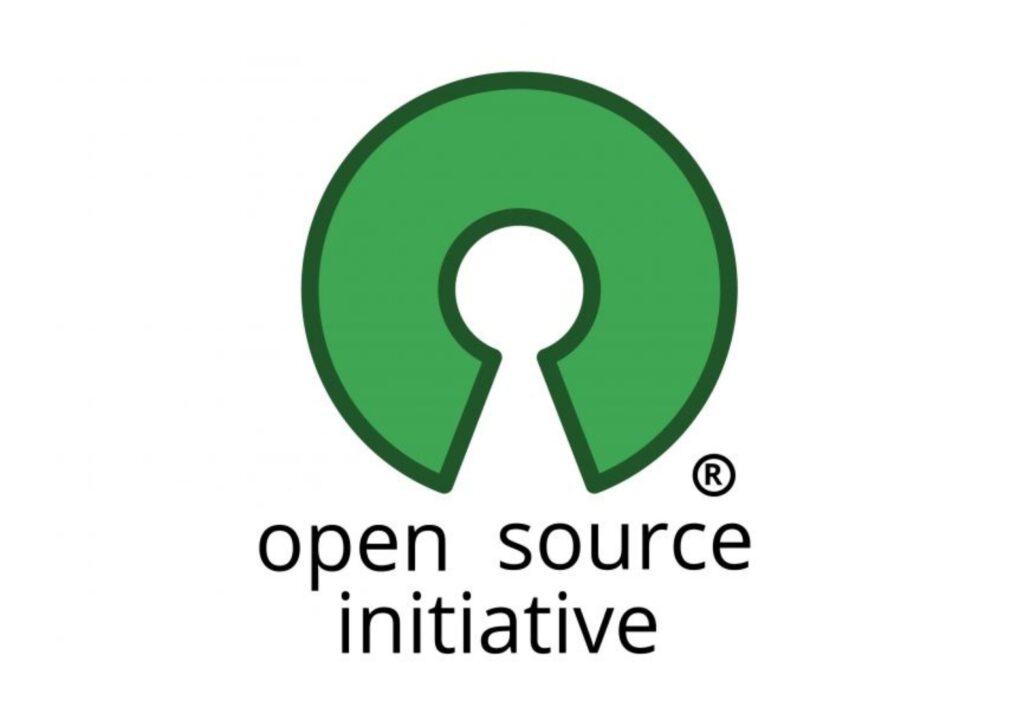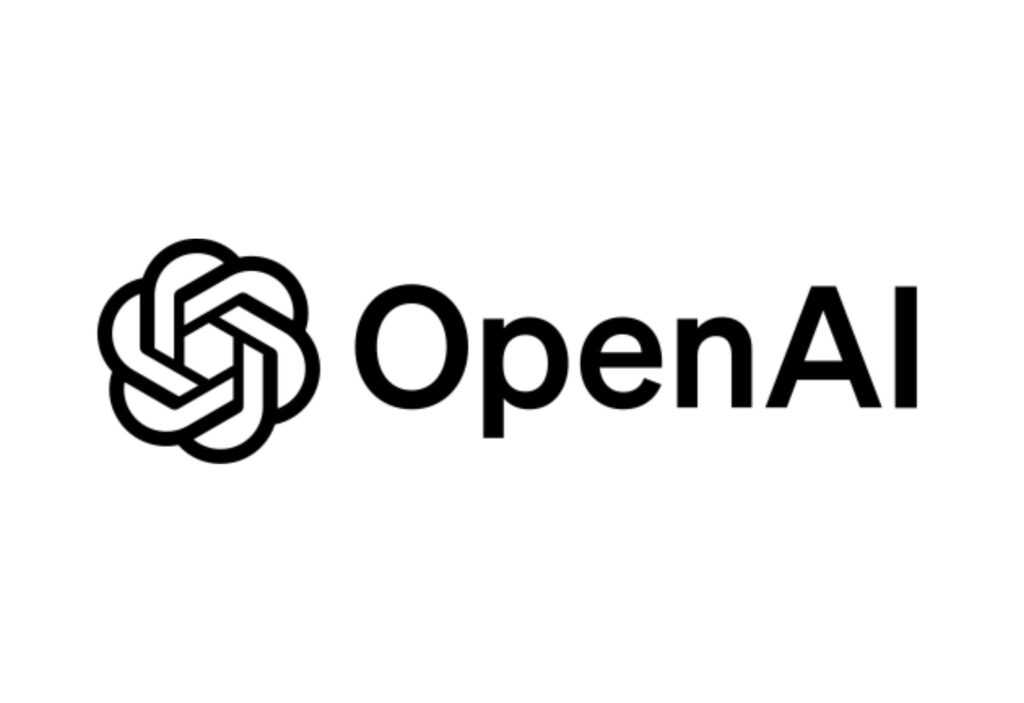Table of Contents
Open-source models

Machine learning models that are openly accessible to the general public are called open-source AI models. This implies that anybody has access to, can edit, and share them. Open-source models encourage openness, cooperation, and creativity within the AI community, in contrast to proprietary models, which are frequently kept under wraps by their creators.
There are two primary categories of open-source AI models:
Pre-trained Models
These are AI models that have already been trained on vast amounts of data. They are ready to use for various tasks, saving developers time and computational resources. These models often excel in specific areas like language understanding, image recognition, or generating text. For example, BERT is a pre-trained language model that can be used for tasks like question answering and text classification. Pre-trained models provide a strong foundation for building AI applications, making them a popular choice in the field.
Foundation Models
These are extremely large AI models trained on massive datasets. They serve as a foundational building block for various AI applications. These models can be fine-tuned for specific tasks like language translation, text generation, or image recognition. Their versatility and adaptability make them a powerful tool for AI development.
Open-source vs closed-source software
Open-source and closed-source software represent two distinct approaches to software development and distribution.
Open-Source Software:
• Code Availability: The source code of open-source software is publicly available. This means anyone can view, modify, and distribute it.
• Community-Driven: Open-source development is often driven by a community of developers who contribute to the software’s improvement.
• Transparency: The transparency of open-source code can enhance trust and security.
• Customization: Users can tailor the software to their specific needs.
• Cost-Effective: Open-source software is often free or has minimal licensing costs.
Closed-Source Software:
• Proprietary Code: The source code of closed-source software is kept secret by the developer or company.
• Commercial Model: Closed-source software is typically developed and sold for profit.
• Limited Customization: Users may have limited control over the software’s functionality.
• Potential Licensing Costs: Closed-source software often requires licensing fees.
• Vendor Lock-in: Reliance on a single vendor can create vendor lock-in, limiting flexibility.
Key Differences:
| Feature | Open-Source | Closed-Source |
| Code Availability | Public | Private |
| Development Model | Community-Driven | Commercial |
| Transparency | High | Low |
| Customization | High | Limited |
| Cost | Free or Minimal | Licensing Fees |
| Vendor Lock-in | Low | High |
Examples:
• Open-Source: Linux, Android, Firefox, Apache Web Server
• Closed-Source: Windows, macOS, Microsoft Office, Adobe Photoshop
How can AI foster innovation?
Open-source AI, where the underlying code is freely accessible, plays a crucial role in driving innovation. Here’s how:
Collaboration and Community
open-source AI projects foster innovation by bringing together developers from diverse backgrounds to share knowledge, ideas, and expertise. This collective intelligence allows for rapid problem-solving, identification of potential issues, and the development of more robust and innovative solutions. Additionally, the sense of community that forms around these projects encourages ongoing engagement, support, and contributions, creating a sustainable ecosystem for AI development.
Transparency and Accountability
These are fundamental principles in open-source AI. Transparency involves making the codebase, data, and models used in AI development publicly accessible. This allows for scrutiny, verification, and identification of potential biases or ethical concerns. Accountability ensures that developers and organizations are responsible for the impacts of their AI systems. By being transparent and accountable, open-source AI fosters trust, promotes ethical development, and encourages collaboration within the community.
Accessibility and Democratization
Open-source AI democratizes access to powerful technology by removing barriers to entry. It makes AI tools available to a wider range of developers, regardless of their resources or expertise. This accessibility fosters innovation, as more people can contribute to the development of AI applications. Additionally, open-source AI promotes transparency and accountability, ensuring that the technology is developed and used ethically and responsibly.
How can AI be used in innovation?
Open-source AI can be used in innovation by providing a foundation for developers to build upon and experiment with. It enables collaboration, accelerates development, and promotes accessibility, allowing for rapid iteration and the creation of novel applications. By fostering a community of contributors, open-source AI can drive innovation in various fields, from healthcare and finance to education and entertainment.
Will OpenAI stay free?
While OpenAI has historically provided many of its services for free or at low cost, it’s likely that the company will eventually need to introduce more robust pricing models to sustain its operations and continue developing advanced AI technologies. As OpenAI’s models become more complex and require significant computational resources, the costs associated with their development and maintenance will increase. To ensure the long-term viability of its business, OpenAI may need to implement pricing strategies that allow it to recoup these costs and invest in future research. However, the exact nature of these pricing models remains uncertain, and it’s possible that OpenAI will continue to offer some of its services for free or at a reduced cost, particularly for educational or nonprofit purposes.
The advantages of open-source AI models

Open-source AI models offer several significant advantages:
• Accessibility: They are freely available, making AI technology accessible to a wider range of developers and organizations, regardless of their budget or resources.
• Transparency: The code and underlying algorithms are publicly available, fostering transparency and accountability. This can help identify and address biases or ethical concerns.
• Community-Driven Development: Open-source models benefit from contributions from a global community of developers. This can accelerate development, improve performance, and address specific needs.
• Customization: Developers can customize open-source models to fit their specific use cases, making them more versatile and adaptable.
• Interoperability: Open-source models often have well-defined APIs, making them easier to integrate with other tools and systems.
• Innovation: The open nature of open-source AI encourages experimentation and innovation, leading to new and exciting applications.
• Economic Benefits: Open-source AI can reduce costs for businesses and organizations, making AI technology more accessible and affordable.
Future of open-source AI
Open-source AI has a bright future ahead of it, with several major developments already apparent:
Increased Adoption: As the capabilities and accessibility of open-source AI models improve, it is expected that their adoption will continue to grow. This will promote creativity and make AI technology more accessible to all.
Specialized Models: More open-source AI models with specialized functions that are suited to particular industries, like banking, healthcare, and climate research, should be developed in the future.
Ethical Considerations: Open-source AI will be essential in resolving ethical issues with AI, including privacy, bias, and transparency. To guarantee responsible AI development, the community will keep creating standards and best practices.
Integration with Other Technologies: It is probable that other cutting-edge technologies, like the Internet of Things, will be integrated with open-source AI models.
Conclusion
Open-source AI has emerged as a powerful force driving innovation, accessibility, and ethical development in the field of artificial intelligence. By fostering collaboration, transparency, and community-driven development, open-source models are empowering developers and organizations to create groundbreaking applications that benefit society. As AI continues to evolve, open-source principles will remain essential for ensuring that this technology is developed and used responsibly, equitably, and for the betterment of humanity.